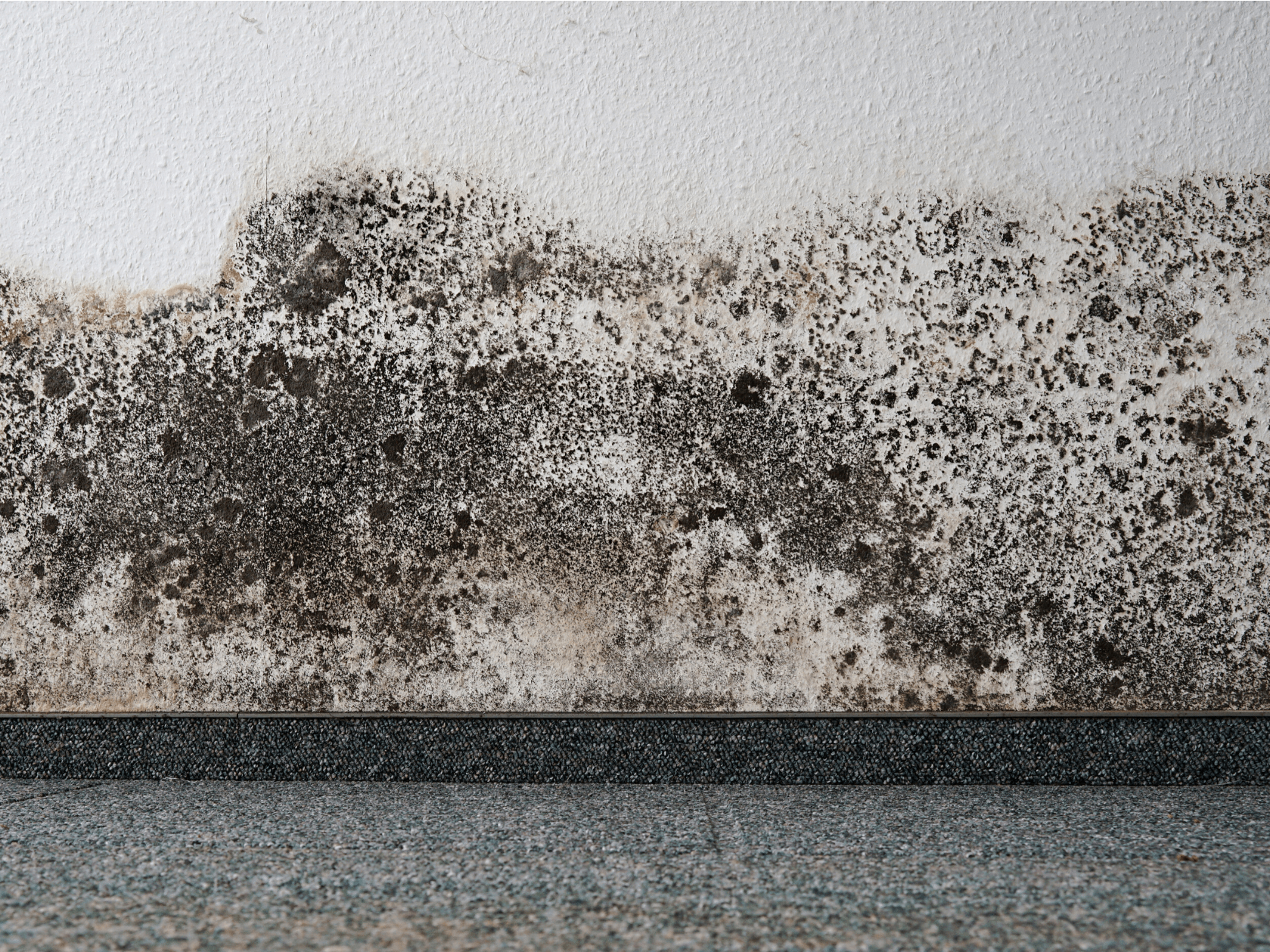Australian homes are largely designed for our warmer seasons – even in parts of the country where cooler temperatures are common in the winter months, many are constructed from timber rather than brick. As winter approaches, the emphasis on keeping homes free from mould increases with an uptick in damp weather.
Common considerations that work to keep the home draught free and warm during winter months, like drying clothes indoors or running heaters without appropriate air flow, can invite mould into the home.
Mould spores are recognised as a risk to human health when inhaled and can result in issues like respiratory irritation, nasal congestion, eye irritation and skin rashes, particularly in those who have asthma or allergies. In rare cases, exposure to certain types of moulds can cause more serious health problems, such as infections, allergic reactions, or toxic effects.
Most experts agree that the most efficient way to prevent mould in the home is to prevent a build-up of damp or condensation, largely by improving airflow throughout the house.
Ventilation is crucial in improving airflow in a home, particularly in areas of the home normally subject to damp conditions, like kitchens, bathrooms and laundries. Externally ducted exhaust fans that work correctly to remove damp air from the home and leaving them running for a period of time after a shower or load of washing in a dryer, for example, can reduce the level of dampness inside.
Laundries, and particularly damp washing, are regular culprits when it comes to accumulated moisture in the home. Drying washing outdoors is a simple step to take, as well as wiping down any condensation that may appear on windows or doors.
The windows and doors of the home are the coldest part of buildings, so they will hit the dew point, and that is the point at which moisture will condense. Walls in older homes may also be subject to condensation, so wiping them down when it appears is recommended. Improving the insulation in homes, including in walls and ensuring windows are double-glazed, are optimal solutions.
Windows are often framed with curtains or drapes, and while they can work to keep warm air in the home and reduce heating costs, they can also increase the level of condensation, particularly on double-glazed windows.
Despite the best efforts of homeowners, especially in particularly damp periods of weather, mould can creep in, and the best way to kill it is to apply white vinegar and remove it. There are no verified ‘mould prevention’ products, so attending to mould as soon as it appears is considered best practice.
The general rule of thumb is for porous materials, like soft furnishings and clothing, that any mould-affected items be disposed of, and any mould outbreaks larger than a dinner plate be attended to by a professional.




